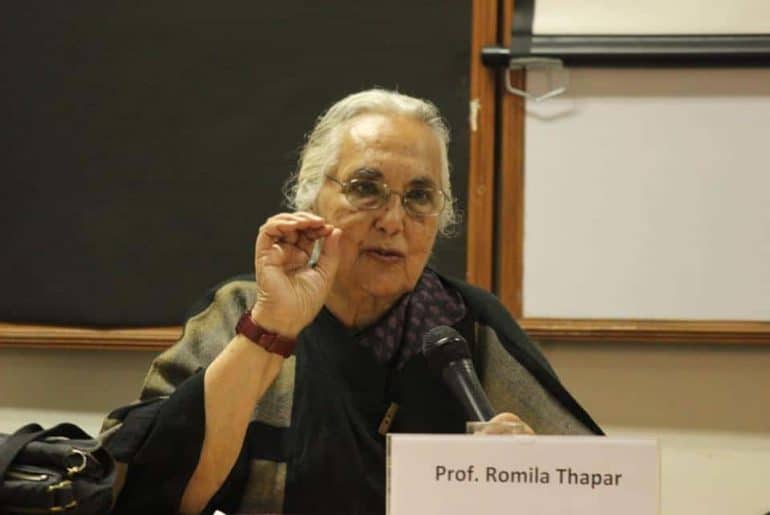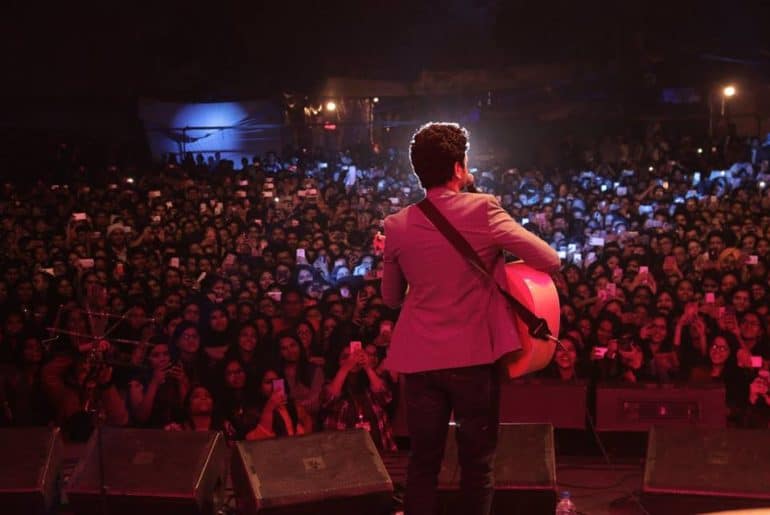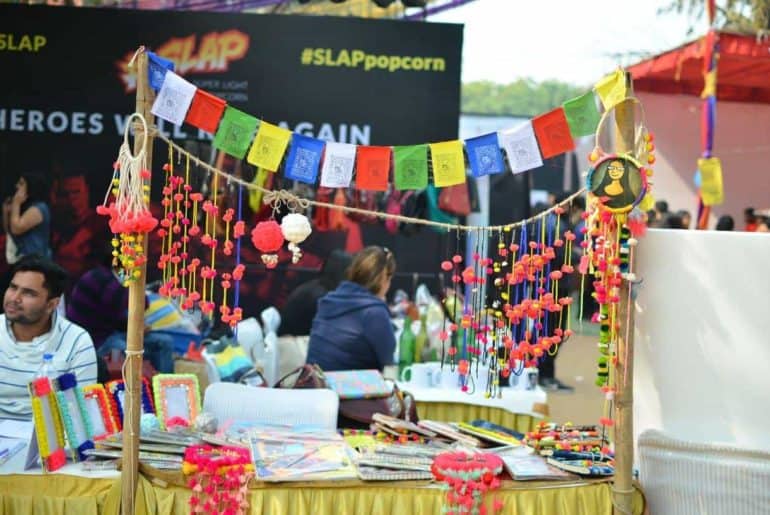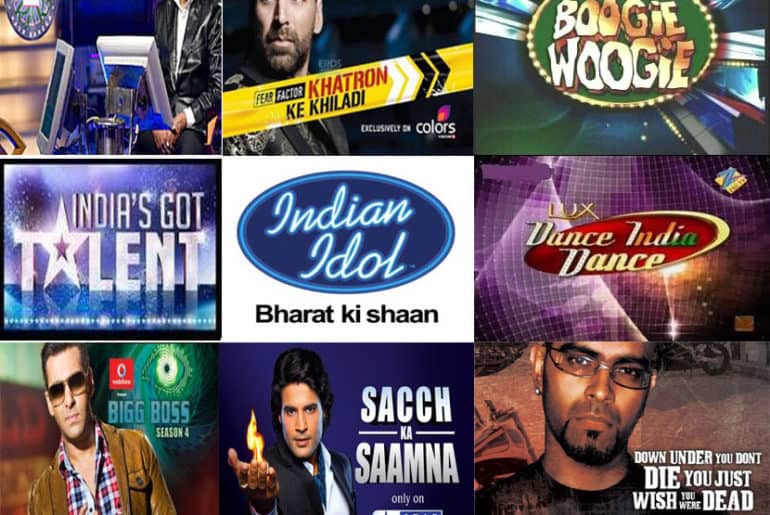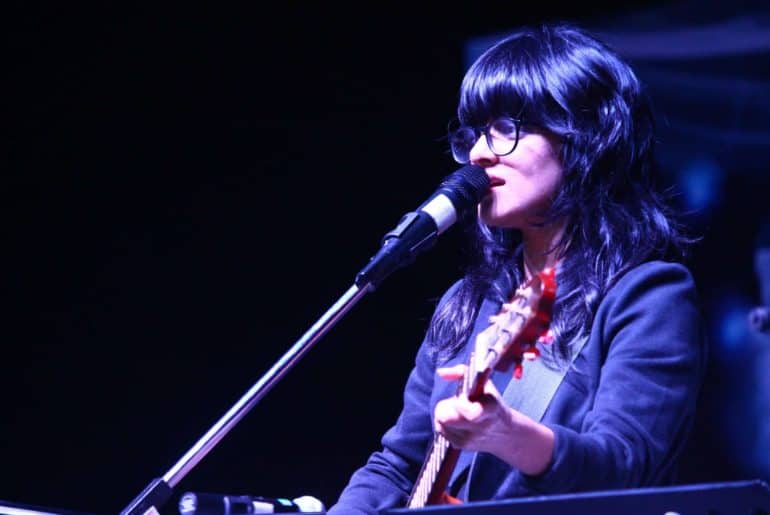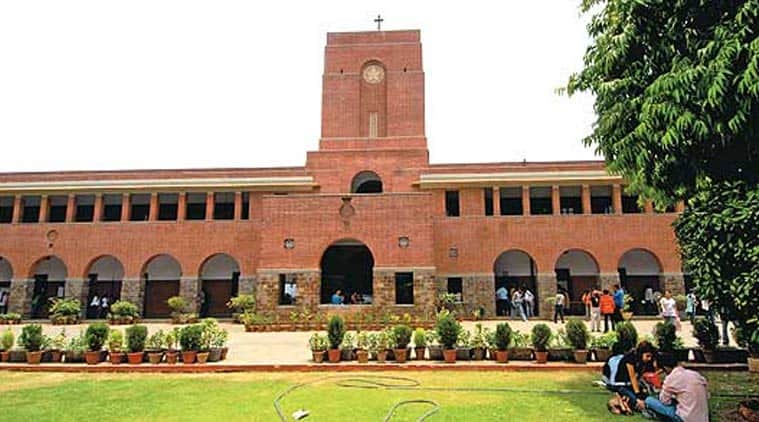Miranda House, 15th February: Eminent historian Prof. Romila Thapar along with Prof. Kumkum Roy (Centre for Historical Studies, JNU) participated in a conversation on ‘The Many Meanings of Heritage’ in an event organised by the History society of Miranda House. Pertinent questions on the idea of heritage were raised and addressed by the two speakers.
At the very outset, Prof. Thapar raised the central question of what constitutes heritage. “Is heritage something that each generation invents for itself? Is it representative of the entire society? Who gave us this heritage? Speaking of the process of selection of heritage, she said that it is bothersome that heritage is treated as if it were a package that we’ve inherited from the past, handed down virtually unchanged. Every entity considered as ‘heritage’ has a history of its own.”
According to Prof. Thapar, we tend to regard entities such as trophies of conquest, mausoleums, paintings and sculptures as heritage. She argues, however, that even as simple and non-consequential a thing as black-and-red pottery from an urban excavation site is heritage. This brought the conversation to an important question of how ethical the process of selection actually is. Should we allow people to select heritage or term everything as heritage?
Prof. Thapar believes that in this process of selecting and not selecting something as heritage, the sentiments of the people directly attached to that entity should be taken into consideration. To this effect, she cited the example of the Niymagiri Hills in Odisha, where tribals have opposed the usage of the site for bauxite mining as it is sacred to them. She added that heritage is something that can be celebrated by some people and negated by others. In this process, however, the opinions of the marginalised such as the adivasis should not be deemed inferior and suppressed by others who have a greater say in this matter.
On the responsibility of historians, she quoted E.H. Carr, “The historian that is aware of the concerns of the present very often becomes the one who is successful in studying the past.”
As it happens with most stimulating conversations, the audience were left with even more questions to discuss and ponder upon at the end.
Photo courtesy: Jasmine Chahal for DU Beat.
Swareena Gurung

